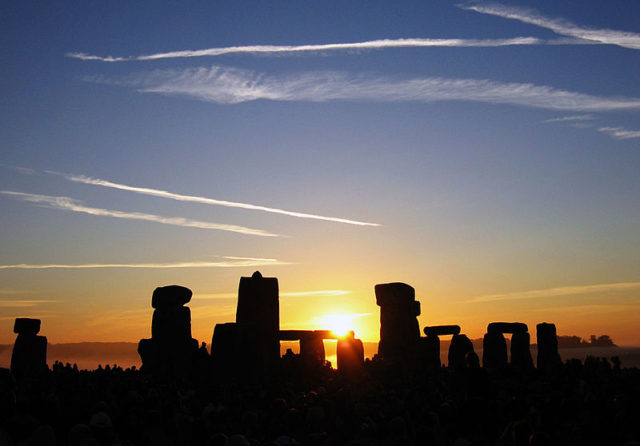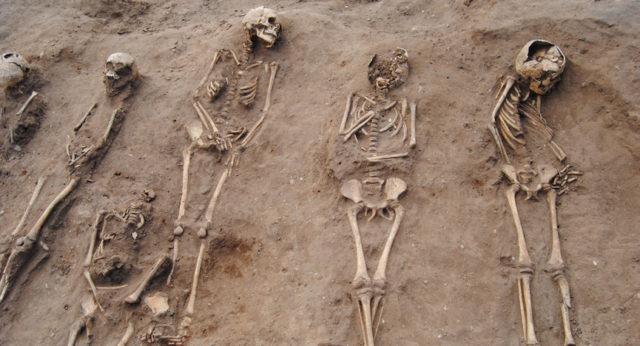In 2016 Britain has seen it all in terms of ups and downs. No matter, archaeology was a shining light as we review the top five finds of the year. Among the ruins, there is hope of determining our future as we look to the past. This year has turned up some amazing finds and here is a list of those that have taken the spotlight.
The Lindisfarne Monastery Established 635 A.D.
Probably one of the most remarkable finds of the year would be this beautiful place. The famous monastery has made an amateur archaeologist the happiest digger around. The archaeologist found a grave marker dating back to the seventh century A.D. This led him to the famous monastery believed to have been ransacked by Vikings 1,300 years ago.

Photo Credit
The discovery, made in Northumberland in July 2016, has provided proof of the home of one of the most beautiful books in history; the Lindisfarne Gospel, which is believed to be a tribute to the patron saint Cuthbert. The gospel contains and incorporates Celtic, Mediterranean, and Anglo-Saxon designs.
Women of Status Buried at Stonehenge
This was a year of victory for women everywhere who continue to challenge perceptions in every aspect. It has been discovered buried close to the center circle, that women played an important part in its history. This has led many to rethink the role played by the fairer sex in prehistoric England. Stonehenge still has many mysteries about it, but in April of 2016 a mass grave of women’s remains was unearthed. This discovery will change the perception that women were less regarded during the Neolithic age.
Scientists discovered 14 female graves at what is considered a high social burial ground. The “Aubrey Hole 7,” which is one out of 56 pits, produced the find that has now cast doubt about previous assumptions regarding women. This would place these 14 females at high social order thousands of years ago. The researchers believe that the graves date back as far as between 3100 BCE and 2140 BCE.
Black Death (Black Plague)
The plague has become known as one of the worse pandemics as it mercilessly took over 200 million lives. In November, archaeologists unearthed a mass grave filled with victims of the plague. The site of the mass grave was located near a 14th-century monastery hospital in Lincolnshire.
Dr. Hugh Willmott from the University of Sheffield said that this is a unique find. The find, which was unexpected in a quiet rural setting of Lincolnshire, sheds some light on such a devastating plague that ravaged Europe during 1346 and 1353. Hopefully, this find will provide information regarding the threat which caught this town by surprise.
First Century Art Deco Becomes the Earliest Known Fresco in Existence
This first-century fresco painting provides insight into early Britain and will have art fanatics excited. It is now the oldest such painting in existence and is believed to have been used by London’s wealthy citizens. Most likely it dangled off a reception room to host guests, International Business Times reported.
It has caused quite a stir and researchers are now studying it to understand the décor and stylings of London’s elite citizens. Researchers from the Museum of London found it in February and hope it will provide valuable insights.
Writing of Ancient Romans on Wooden Tablets
By far this has been the best discovery to date, made by excavators in June. The wax tablets contain the oldest writings, which are important to understanding what the people who founded London were like 19 centuries ago. The 400 tablets were discovered at Bloomberg’s new Headquarters, and Latin expert Roger Tomlin was the first to read them.

He said that he was honored to have deciphered the tablets. The tablets relate to events, names, and even business contracts.
Read another story from us: Monumental Forgotten Gardens of Petra Rediscovered After 2,000 Years
He shared the sentiment that these are very important and will go a long way in our understanding of the history of London.
